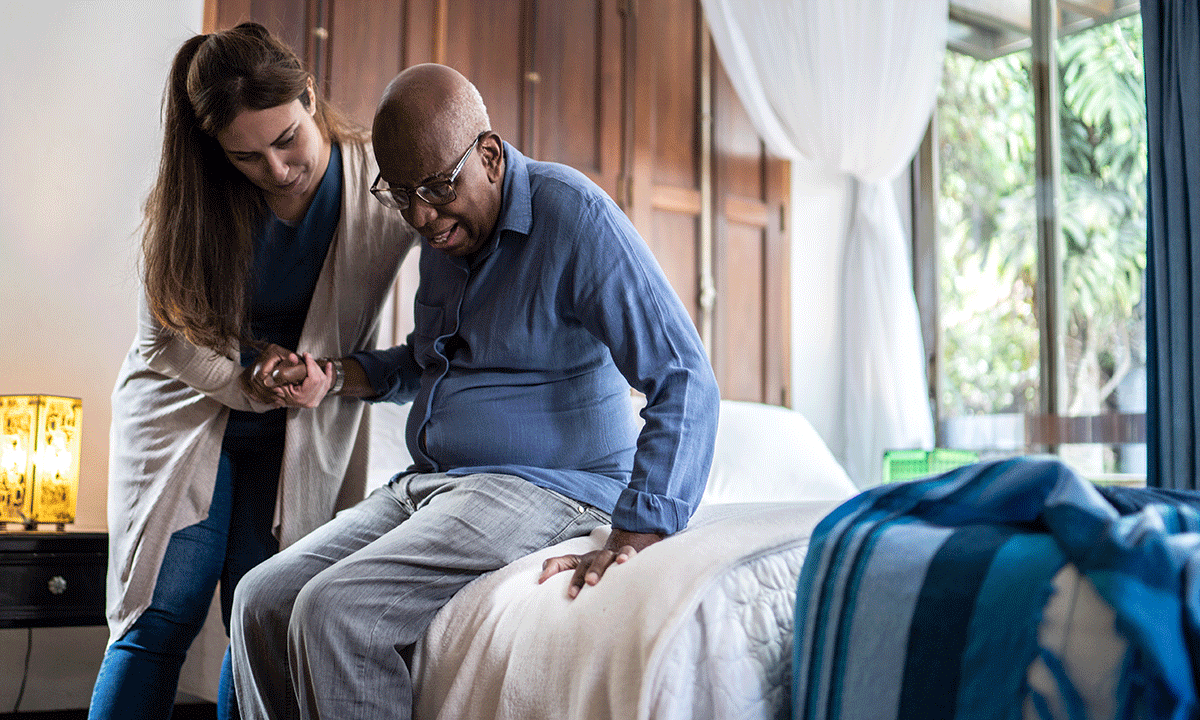While being diagnosed with a chronic illness can often feel like an isolating experience, the Centers for Disease Control and Prevention (CDC) reports that six in 10 Americans currently live with one. These illnesses can include cancer, Alzheimer’s disease, Parkinson’s disease and heart disease to name a few. The progression of these diseases can lead to disability, but not always. So what’s the difference between the two?
Defining Chronic Illness
The CDC defines chronic illness as any ailments or conditions that persist for over a year and require medical attention or can lead to difficulty with activities of daily living. This creates a very broad definition of chronic illness that can include a plethora of diseases ranging in severity from cancer to asthma.
Defining Disability
The CDC’s definition of disability is centered around the idea of “impairments, limitations, and restrictions.” There are many types of disabilities, such as those that affect a person’s:
- Vision
- Movement
- Thinking
- Remembering
- Learning
- Communicating
- Hearing
- Mental health
- Social relationships
While many of these disabilities may be the direct result of chronic illness, they are not the same thing. In summary, a chronic illness can eventually lead to disability, however upon being first diagnosed with a chronic illness, this does not immediately mean you are or definitely will be disabled.
How to Support Someone With a Chronic Illness
People dealing with chronic illnesses can and do go about their lives extremely similarly to other people living without the diagnosis. Especially early on in their disease, people with these conditions still function autonomously and are typically able to perform their activities of daily living with little to no help.
For that reason, you don’t immediately need to make any drastic changes in your loved ones’ living situations if they’ve been diagnosed with a chronic illness. Instead, you can usually provide basic emotional support and become a more regular part of their daily lives without needing to fully “take over.”
Caregiving for Someone With a Disability
Caregiving for a loved one with a disability is a much more hands-on process than helping someone deal with a chronic illness. If your loved one develops a disability, it’s in their best interest for you or an outside service to assist them with their activities of daily living. To them, their decline from illness to disability has been much more gradual and they’re less likely to acknowledge it on their own. This puts the responsibility on their loved ones to ensure that they’re receiving proper attention and care while they navigate the course of their diagnosis.
Ultimately, supporting someone living with a chronic illness versus a disability comes down to an individual’s specific case and how closely it’s been monitored over time. If you’re on top of your loved one’s diagnosis and can see them functioning on their own, it’s best to let them maintain as much independence as possible. However, as the condition progresses, putting in place an extended care team of family caregivers as well as professional caregivers can enhance quality of life for the entire family.
To learn more about how SYNERGY HomeCare can support people living with a chronic illness or disability, visit SYNERGYHomeCare.com.
For more fall prevention tips, download SYNERGY HomeCare’s free Fall Prevention Guide.
SYNERGY HomeCare offers no obligation home assessments. Find a location near you or Contact us to learn how we can provide professional in-home caregiving services for those living with a chronic illness or disability.



